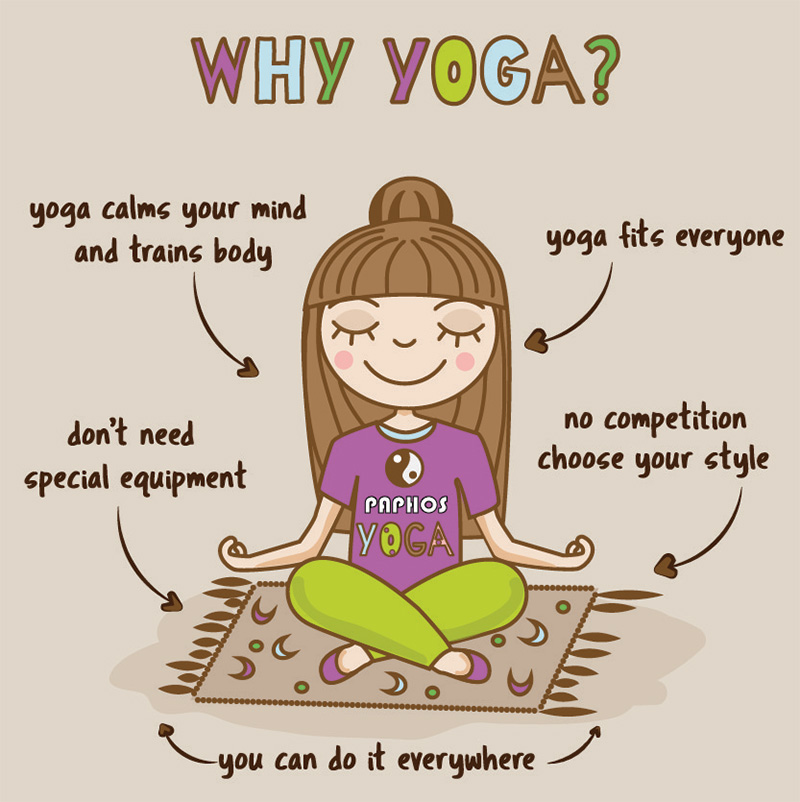
What does yoga mean?
The history of yoga dates back over 10,000 years. However, there is no much-written history about yoga from that time. The earliest yoga text is The Yoga Sutras of Patanjali from 400 BCE.
According to Pantanjali: “The restraint of the modifications of the mind-stuff is yoga”
A more modern definition could be the nurturing of a mind-body connection through the use of the breath. Below, you will find the basic aspects of yoga practice, and some tips to help get you started.
The Five Elements of Practice
It is not recommended to practice an element without the ones preceding it. Practicing the breath alone is okay (actually, it is encouraged!), but practicing postures without breath, bandhas and focus could risk injury.
- Breath (Pranayama)
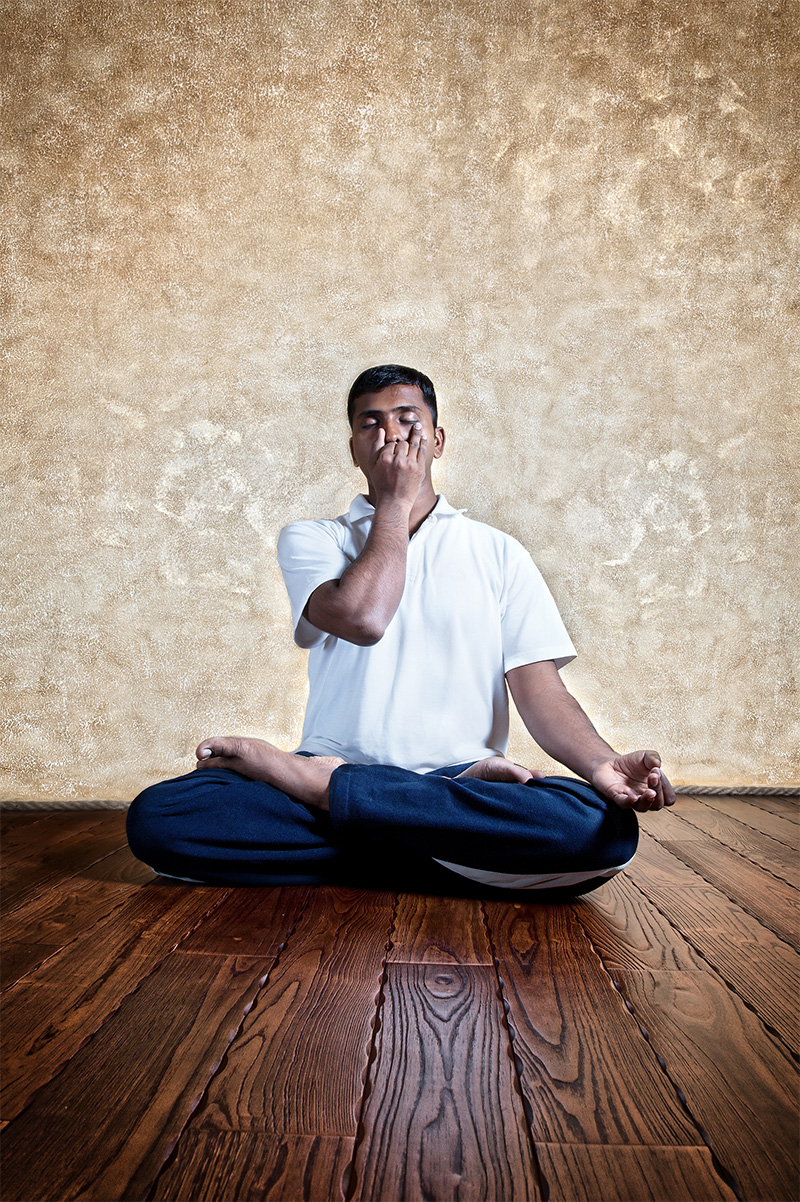
Because it is the most important element of practice, most yoga classes begin seated with a focus on the breath. Without the breath, there is no yoga. The best way to start practicing your yoga breath is to find a comfortable position and close your eyes. Start breathing in and out the nose with a focus on lengthening the breath, matching your inhales and exhales. You could spend an entire yoga class doing this if you want to!
- Lock (Bandha)
Has anyone ever told you to “find your center”? This refers to your bandhas or energetic locks. Moola bandha is the pelvic floor and Uddiyana bandha is the core or belly. Bandhas are used to maintain strength and balance throughout practice and to prevent injury. The first step for practicing bandhas is simply bringing awareness to those areas. If you want to go a step further, gently pull your belly button towards your spine (Uddiyana bandha) and slightly tip your tailbone towards your pubic bone (Moola bandha). Bandhas should be practiced with the breath.
- Focus (Drishti)
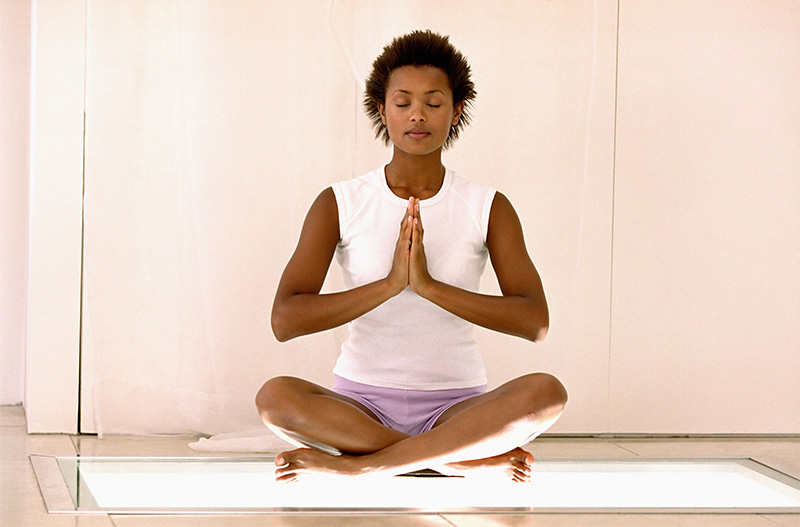
Finding a focus or point of gaze is the next element that should be practiced once breath and bandhas are learned. Find a nonmoving object to look at. If your gaze is wandering, the mind will also wander. If this happens, gently bring your focus back to the breath/bandhas and find an immobile object to look at. Closing your eyes can be helpful, but not recommended for balancing postures. Drishti should be practiced with breath and bandhas.
- Physical Poses (Asana)
Notice that physical poses or asana make up only 1/5 of a yoga practice. Asana is to be practiced after the first three elements are learned.
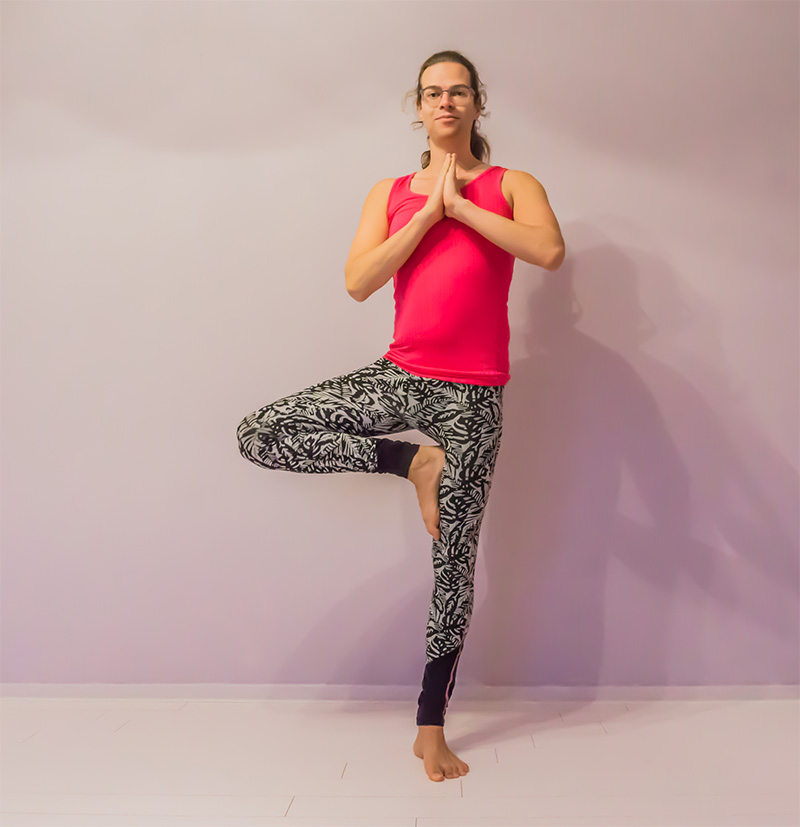
- Elements 1-4 practiced together (Vinyasa)
You may have heard the word Vinyasa used to refer to yoga classes. The simple meaning of Vinyasa is ‘putting together’. Vinyasa, in this case, refers to practicing elements 1-4 together.
Tips for Beginners
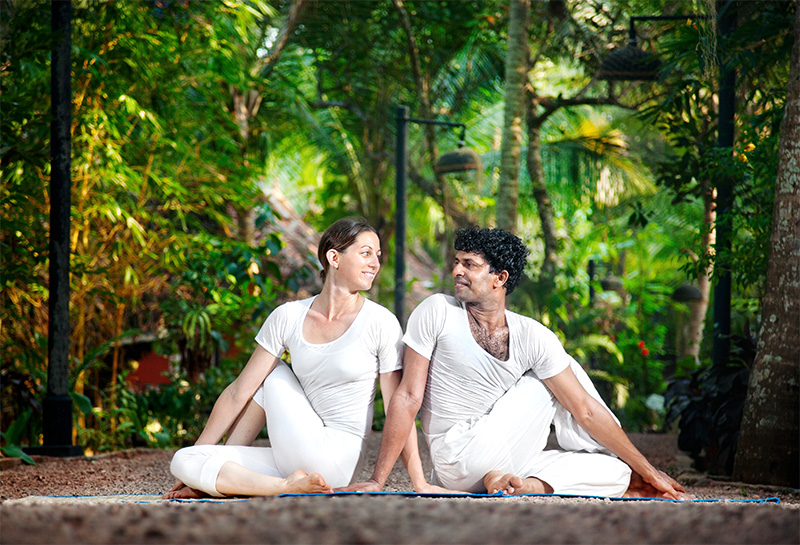
Focus on your breath
If you are overwhelmed by all of the elements of practice, simply come back to your breath. Remember if you are intentionally breathing, you are still doing yoga.
Turn your attention inward
Yoga sessions are YOUR time to spend with yourself and to listen to your body. If your body is not telling you anything, try asking questions such as “What sensations am I feeling right now?” Focus on sounds, feelings, or smells in your yoga environment. The more you practice listening to your body, the more information it will give you, which leads to a deeper relationship with yourself.
Do what feels good…. and only what feels good
I consider this the golden rule of yoga. Do not push yourself into a pose you are not ready for. The goal is to find the ‘sweet spot’ and breathe into it. Pain is not a part of yoga. If the practice doesn’t feel good, then why would you do it again? You want your practice to feel good so you can look forward to the next class!
Take the first step in your yoga journey at our Paphos studio. We offer beginner classes, group sessions, and private instruction. Contact us today!
Leave a Reply